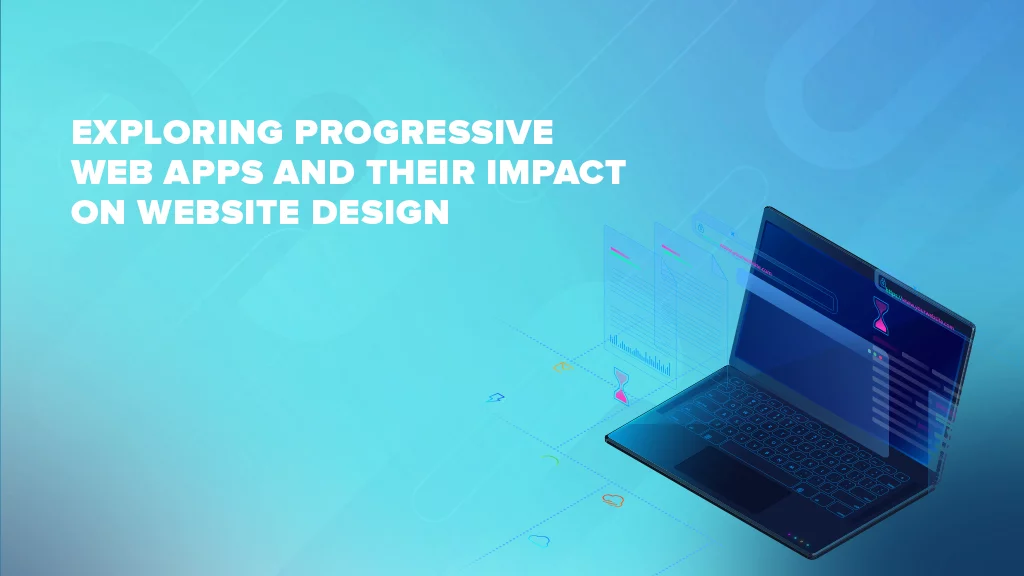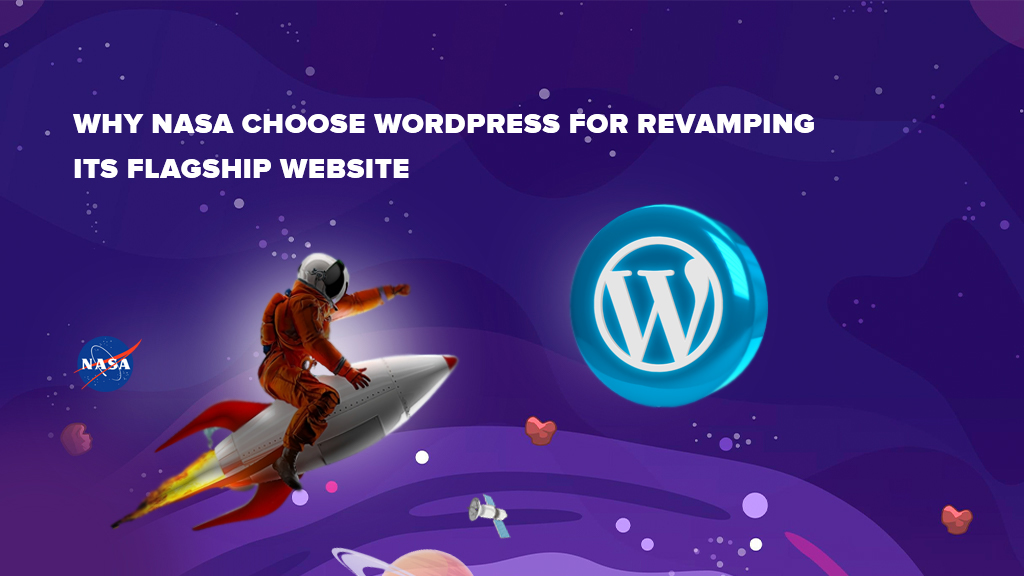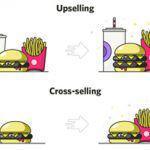Growth-Driven Web Design
A Smarter Way to Redesign Your Website
If you’ve ever redesigned your website, you must know how frustrating it can be. Trying to achieve the exact design you want, launch on time, not go over your budget, and make sure your website is perfectly optimized for generating leads and conversions definitely leads to a lot of headaches.
What’s Wrong with Traditional Web Design?
With traditional website design, your marketing team has to take at least 3 months off to make sure the end result of your website redesign process meets the goals of your business. Instead of keeping their focus on those goals and doing what they do best, your marketers need to focus on various time-consuming website redesign issues.
The main problem? They need to guess what design elements to include and where so that the site resonates with your target audience and helps you generate more leads, but guesses lead to unpredictable results.
Other problems? You need to invest a lot of money upfront, you almost always exceed your budget, and your site is usually not launched on time. Furthermore, you need to redesign your website again every 2-3 years to freshen up your content and align it with your goals and priorities.
Growth-Driven Web Design:

Risk-Free, Data-Driven, and Focused on Continuous Improvement
The growth-driven web design is an agile and systematic approach to website redesign that significantly minimizes the risks of traditional web design by focusing on data and reducing the time it takes for you to launch your website.
With a much shorter time to launch, you save a lot of money in the process, and you can quickly start generating leads and ROI.
Growth-driven web design also helps you improve the performance of your website by continuously testing and learning from user data, that is, the behavior of your website visitors. This enables continuous improvement necessary for achieving optimized results, and it helps your marketing and sales teams improve their strategies.
How Does It Work?
The growth-driven design is an iterative process that focuses on the so-called “sprints” for shorter timeframes, which means that you don’t actually need to plan everything at once. Redesigning your website in sprints is considerably less risky and less expensive.
Growth-driven web design includes 3 primary stages:
- Strategy
This stage involves developing a strategy for turning your website into a number one stop that will help your target audience solve their problems.
To develop an effective strategy, you need to understand your audience’s needs and pain points. That’s why you need to conduct a thorough website audit to determine what’s working and which areas may need improvement.
After the audit, you need to delve deeper into the matter by testing user experience. You can do that by conducting surveys to get a better insight into how your website visitors interact with your site and gather feedback on what they think you could do to improve it.
You also need to set smart goals and define the metrics you want to improve, as well as map the customer journey, revisiting and revising your buyer personas to understand how to seize every opportunity for connecting with your audience.
This stage can effectively be done in 10-14 days.
- The Launch Pad
This stage involves building a website using all the knowledge you’ve gathered in your strategy stage to create an effective website with excellent performance.
This is different from traditional web design in that the LaunchPad serves as the foundation for building and optimizing your website, instead of building a final product. Your launchpad site is live and fully functional, but it can be further built on and optimized.
As opposed to traditional web design, you don’t have to make guesses to build your site, as you can actually validate assumptions and make data-driven decisions.
With growth-driven web design, you can build your launch pad side in 60-90 days.
- Continuous Improvement
Since your launch pad website is not a final product, you can continuously work on improving it, making sure that it performs perfectly and solves your audience’s pain points.
Your launch pad site allows you to gather user data and learn how your visitors interact with your site, better understanding all their needs and preferences. This enables you to identify areas for improvement and take the necessary steps for getting user experience to a higher level and generating more leads.
This stage includes four basic steps: planning, building, learning, and knowledge transfer. This means measuring the performance of your site to decide on the changes, implementing those changes, learning what works and what doesn’t by analyzing your changes and sharing everything you’ve learned with your teams to collaborate and make data-driven optimizations together.
This stage is done in sprints, preferably 14-day sprints, which are continuously repeated.
Get Started with Growth-Driven Web Design Today!
Forget about the outdated and unreliable traditional web design.
Take the smarter approach and build a high-performing website your users will love.










